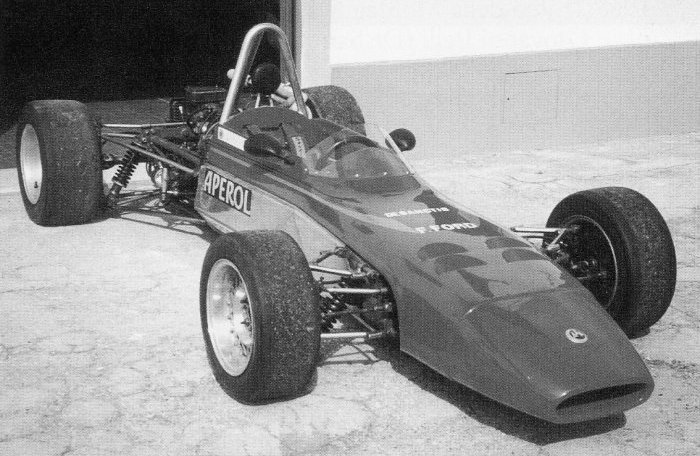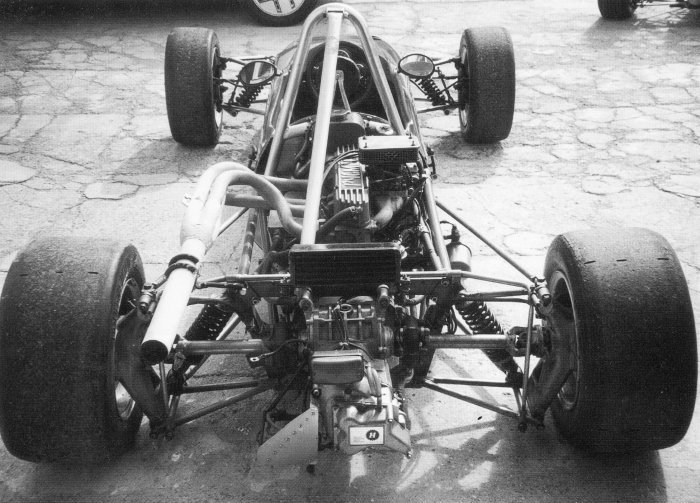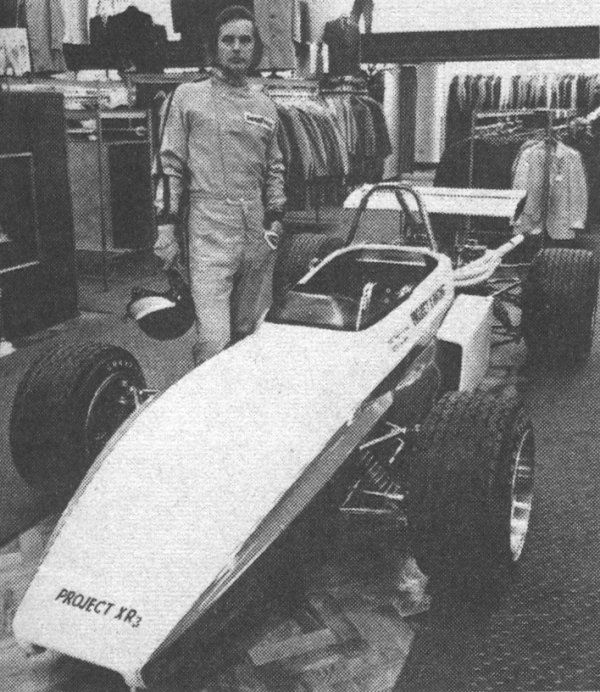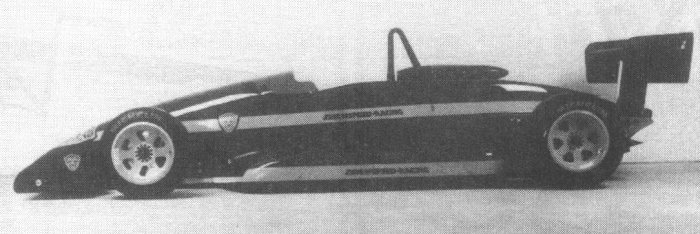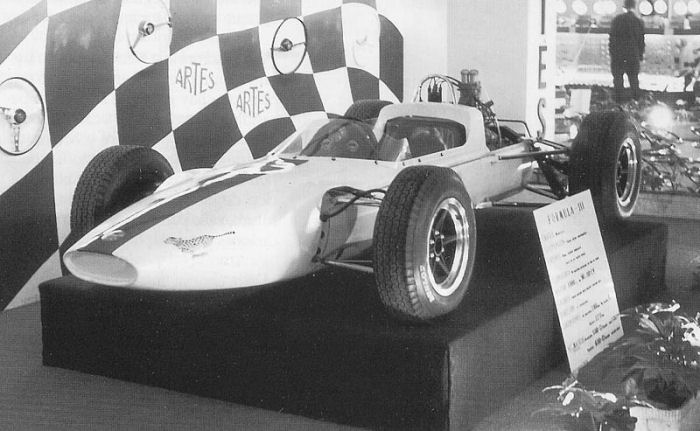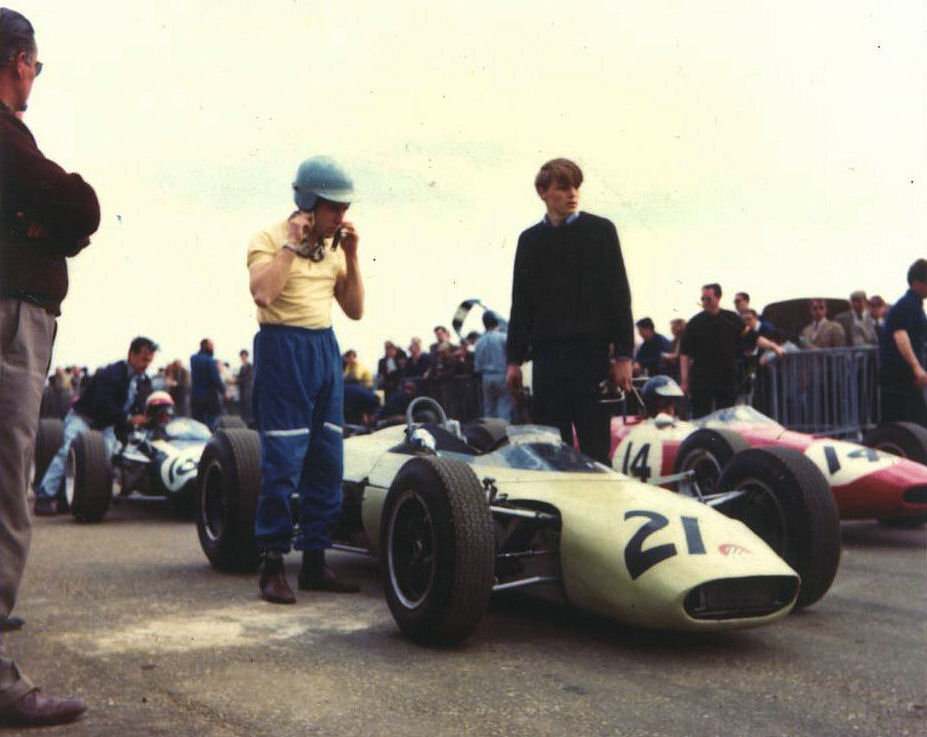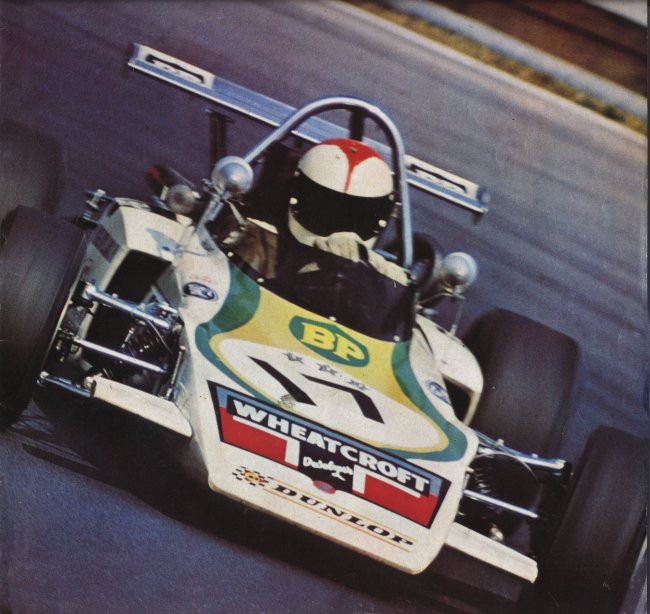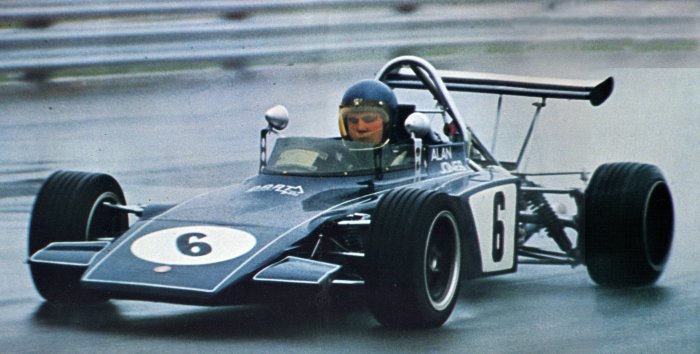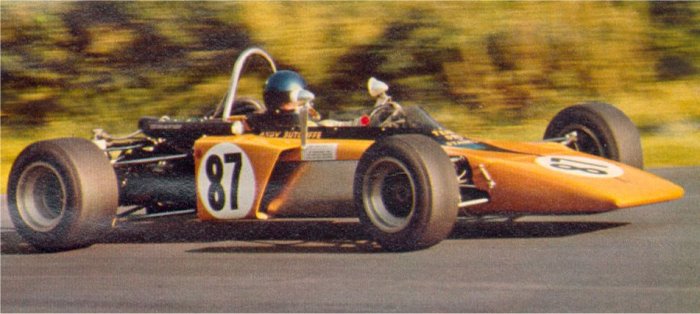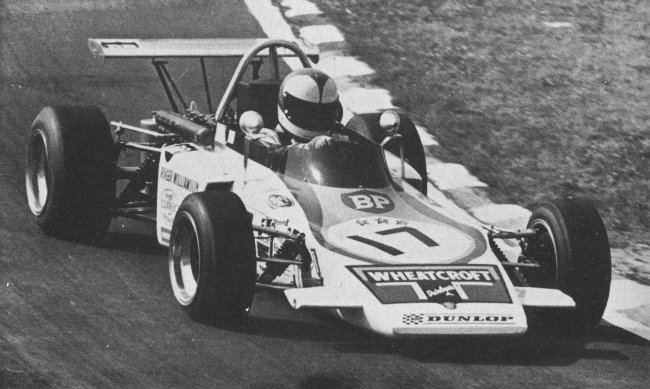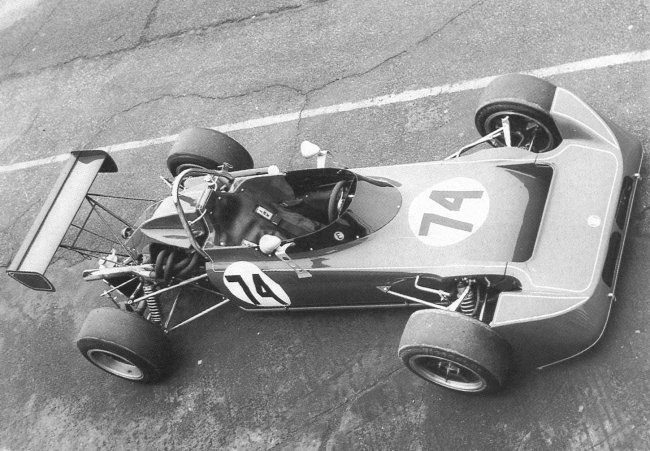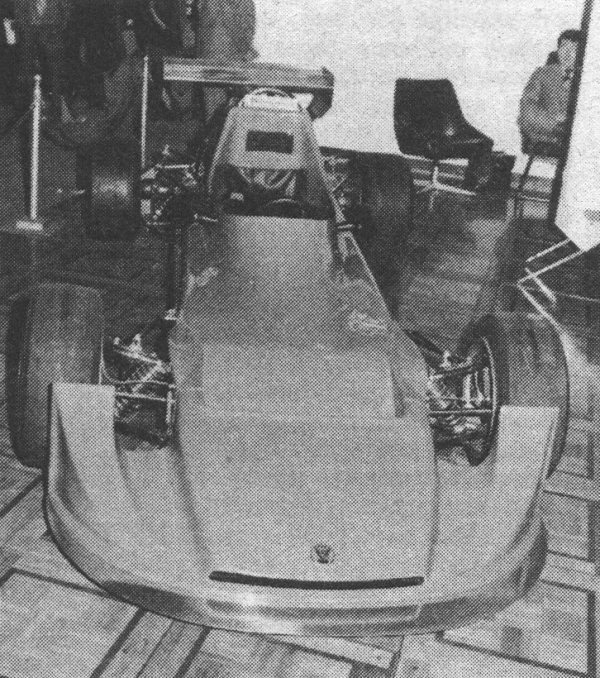Katano
Katano
Drivers
1993
Tamihide Katano.
Quasar
Quasar
Xr3
Xr3
Zimmspeed
Zimmspeed
Drivers
1988 Christian Mettler.
1989 Hanspeter Kaufmann (see text).
Urd
Urd
Drivers
1976 Werner Fischer, Dietmar Flöer, Thomas von Löwis.
Gueparda
Gueparda
Greenwood
Greenwood
A self-built car by Austin apprentice John Greenwood that raced in F3 in 1965-66, it used the steering wheel, drivers cowling and the twin Pannier fuel tanks from the F Junior Diggory Gwyniad and was powered by a BMC engine. Since the BMC engine was only competitive in 1964 and had quickly been left behind by the Ford unit there were no significant results either in the UK or on the odd continental outing.
Drivers:
1965 John Greenwood.
1966 John Greenwood.
GRD
GRD
1972
1973
1974
1975
The GRD 375 at the 1975 Racing Car Show.
The first GRD 375 was in fact an updated 374 which shows that once again this was an evolutionary update. Ian Taylor ran in a works version and some support was given to some of the European competitors. The car retained its full width nose but the radiators were moved rearwards again. Highlight of the year was undoubtedly Renzo Zorzi’s fortunate victory at Monaco in a 374. At the end of the year GRD closed down and the F3 operation was taken over by Van Diemen.
Drivers
1971 372
Andy Sutcliife
1972 372
Tim Brise, Tony Brise, Cesare Doneda, Patrick Duchamp, Adelmo Fossati, Johnny Gerber, Bengt Gilhorn, Neil Ginn, Mo Harness, Hans-Peter Hoffman, Alan Jones, Masami Kuwashima, Barrie Maskell, Kurt Müller, Jorge Pinhol, Pierre-Francois Rousselot, Robin Smythe, Fernando Spreafico, Andy Sutcliffe, Keiichi Tahara, Ian Taylor, Bernard Vermilio, Jo Vonlanthen, Roger Williamson.
1973
373
Thomas Betzler, Bernhard Brack, Tony Brise, Wolfgang Bülow, Ingvar Carlsson, Rudolf Dötsch, Harald Ertl, Jeremy Gambs, Alexander Güttes, Sigi Hofmann, Alan Jones, Dieter Kern, Gernot Lamby, Heinz Lange, John MacDonald, Jac Nelleman, Gunnar Nordström, Pedro Passadore, Richard Robarts, Tony Rouff.
372
Tony Brise, Jacques Coulon, Roger Craven, Neil Ginn, Hans-Peter Hoffman, Alan Jones, Richard Knight, Norman Moffett, Jac Nelleman, Masami Kuwashima, Pedro Passadore, Larry Perkins, Rod Smith, Fernando Spreafico.
?
Walter Flückinger.
1974
374
Hakan Alriksson, Alberto Colombo, Gaudenzio Mantova, Gian-Massimo Martoni, Luis Moraes, Marcos Moraes, Jac Nelleman, Pedro Passadore, Alessandro Pessenti-Rossi, Alex Ribeiro, Renzo Zorzi.
373
Bernhard Brack, Günter Hölker, Roger Hurst, John-Erik Johansson, Gernot Lamby, Jac Nelleman, Gunnar Nordström, Tony Rouff, Len Smith.
372
Hans-Peter Hoffman, Kurt Müller.
?
Ingo Hopp.
1975
375
Ingvar Carlsson, Werner Fischer, Den Greer, Shaw Hayami, Donald MacLeod, Jac Nellemann, Ian Taylor.
374
Doug Bassett, Derek Cook, Jac Nellemann, Porky Thyling, Mike Tyrrell, Renzo Zorzi.
373
Hakan Alriksson, Ulf Alriksson, Bernhard Brack, Hans Deffland, Dan Greer, Günter Hölker, Roger Hurst, John-Erik Johansson, John Lain, Anders Olofsson, John Rust, Clas Sigurdsson, Len Smith, Marc Surer, Henrik Spellerberg, Fernando Spreafico.
372
Giancarlo Commazzi.
1976
375
Tommy “Slim” Borgudd, Ingvar Carlsson, Sören Hansen, Stefan Johannsson, John Nielsen, Jan Ridell.
374/6
Henrik Spellerberg.
374
Roger Andreason, Fernando Spreafico.
373/6
Doug Bassett.
373
Anders Olofsson, John Rust, Rudi Sehr.
Graf
Graf
Entered and driven by Franz Graf the Graf raced in the German F3 series in the mid sixties. Unusually it had a 1-litre Simca engine and it achieved some success in minor races including a win at Ulm (in a very poor field) and second at Mainz, both in 1967.
Drivers
1965 Franz Graf.
1966 Franz Graf.
1967 Franz Graf.
1968 Franz Graf.




